
4 Ways Brand Archetypes Improve Emotional Branding
- Branding
- 18 August 2023
Think about the brands you love. Their products, marketing, brand voice, or something else? Brands are like people with great personalities, and all well-loved brands have an emotional connection with their target market.
In this article, we will share how to use brand archetypes to create a dynamic brand identity that wins over your audience! This test has 12 brand archetypes, and every brand – including you – fits at least one.
CONTENTS
The 12 Brand Archetypes

Brand archetypes are powerful tools for developing brand personality and building a strong connection with your target audience.
For instance, Lego is the third-most loved brand in the world. Many associate it with fond childhood memories, and Lego has a strong emotional connection with its customers. But why?
Successful brands like Lego have an archetype. Experts conducted these studies like Carl Jung. Archetypes appeal to basic human needs and desires, and each archetype matches a human want. That’s how brands build a deeper connection with their target market.
Let’s get to know the 12 archetypes!
1) The Outlaw
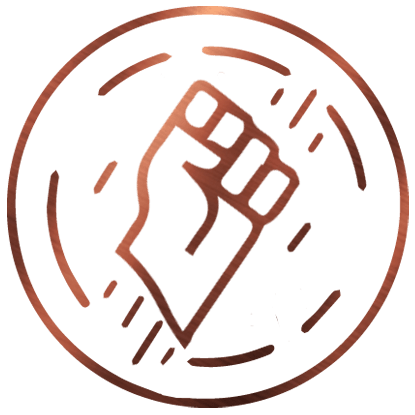
Core value: Freedom
Brands: Harley Davidson, Jack Daniels
The Outlaw archetype appeals to humans’ admiration and desire for nonconformity and revolution. Outlaw brands seek to change the status quo and shake things up.
2) The Magician
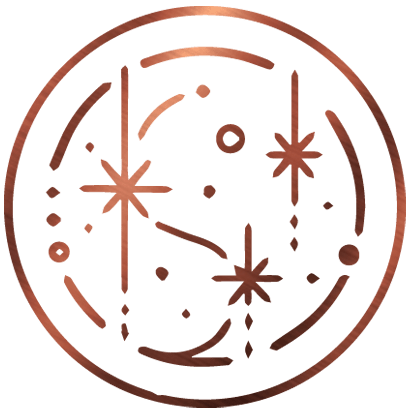
Core value: Power
Brands: Disney, Dyson
The Magician archetype appeals to human curiosity toward change and renewal. Magician brands leverage foundational human knowledge – whether scientific or nonscientific – to surpass limits and make dreams come true.
3) The Hero
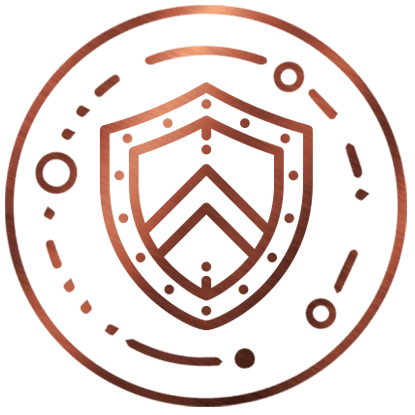
Core value: Mastery
Brands: Nike, Red Cross
The Hero archetype advocates tenacity in the face of challenges. Hero brands inspire us to overcome obstacles or protect others with courage, resilience, and mastery.
4) The Lover
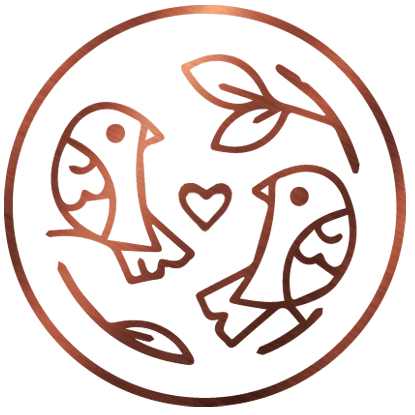
Core value: Intimacy
Brands: Hallmark, Victoria’s Secret
The Lover archetype fosters close emotional relationships between people. Lover brands appeal to humans’ basic desires for love, beauty, and warmth.
5) The Jester
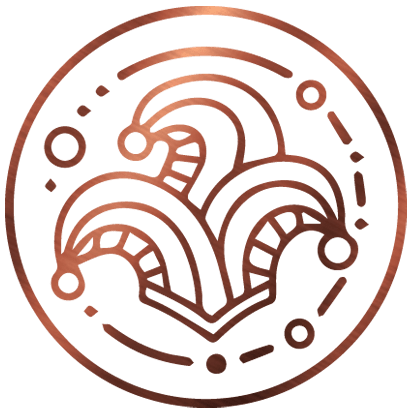
Core value: Enjoyment
Brands: Skittles, Ben & Jerry’s
The Jester archetype wants to have fun and live in the moment. Jester brands make people feel good. They encourage us to enjoy the lighthearted pleasures of life.
6) The Everyman
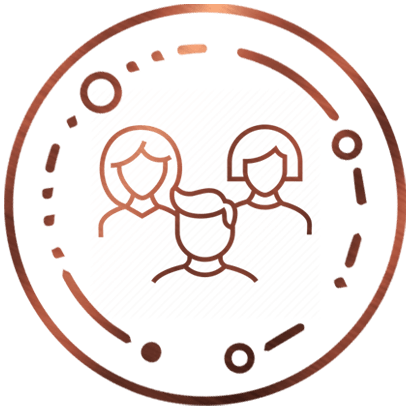
Core value: Belonging
Brands: IKEA, Target
The Everyman archetype emphasizes belonging, community engagement, and relatability. Everyman brands are wholesome, down-to-earth, and likable.
7) The Caregiver
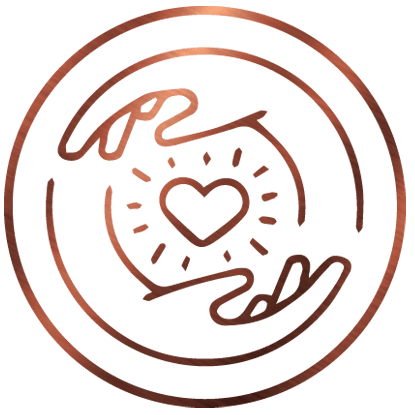
Core value: Service
Brands: UNICEF, The Salvation Army
The Caregiver archetype is compassionate and nurturing. Caregiver brands are always ready to serve, care for, and protect others.
8) The Ruler

Core value: Control
Brands: Microsoft, Rolls Royce
The Ruler archetype takes control and leads. Ruler brands want to ensure safety, prosperity, and security by enforcing order and exerting power.
9) The Creator
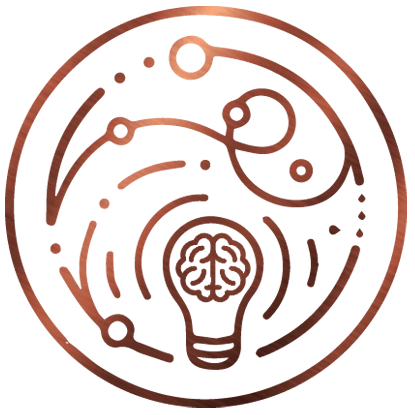
Core value: Innovation
Brands: Pinterest, YouTube
The Creator archetype pushes boundaries and brings new ideas to the world. Creator brands value imagination, original thinking, and individuality.
10) The Innocent
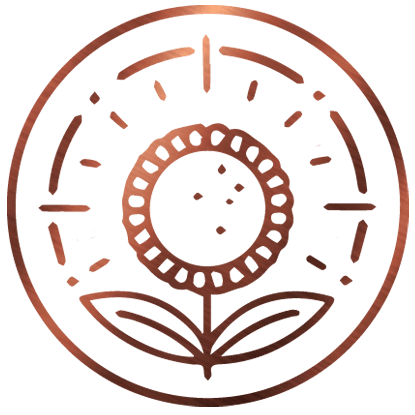
Core value: Safety
Brands: Dove, Aveeno
The Innocent archetype is rooted in simplicity, tranquility, and positivity. Innocent brands promote happiness and fulfillment in sentimental and clean living.
11) The Sage

Core value: Understanding
Brands: TED, Harvard University
The Sage archetype constantly pursues truth and enlightenment. Sage brands find success by collecting and sharing knowledge to better the world.
12) The Explorer

Core value: Freedom
Brands: Patagonia, The North Face
The Explorer archetype seeks novelty and open-mindedness by exploring what’s out there. Explorer brands are curious and authentic and want to discover the world around them independently.
What’s My Brand Archetype?
Like personalities, each archetype represents a distinct set of traits and values.
Each brand archetype appeals to a target market with similar shared beliefs. Everyone’s core desires are different. Some brands attract us more than others. For example, the Innocent archetype is associated with purity, simplicity, and optimism. The Explorer archetype is associated with adventure, independence, and freedom.
To find out your brand archetype(s):
- Refer to the chart and decide the archetype(s) to align your brand with.
- Answer these guiding questions.
- After discovering your brand archetype, start building your brand identity, and marketing efforts around it.
Let’s learn how brand archetypes build deeper connections!
How To Use Brand Archetypes To Build An Emotive Brand
1) Establish a Clear Brand Identity
When you take a personality test, you learn more about your identity. Likewise, identifying a brand archetype helps establish a unique brand identity. This identity directs all aspects of the brand’s messaging, from marketing campaigns to product or service design.
The brand archetype clarifies your business values and mission. You can better align your branding to represent your business’s ideals.
2) Develop A Consistent Brand Voice
The brand archetype impacts the tone of voice and style of your brand’s messaging. For example, a Jester archetype brand may use humor and lingo in its marketing. A Sage archetype brand may use a more serious and intellectual tone.
Look at the difference between Skittles and TED:
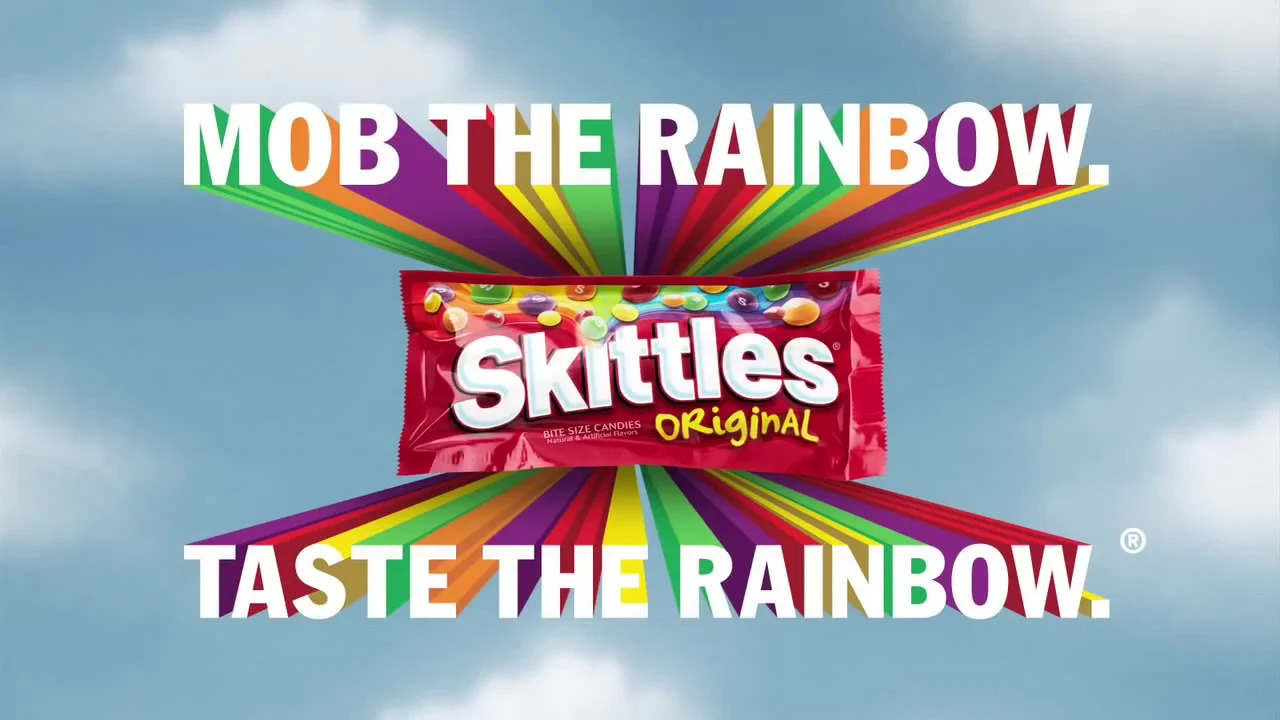
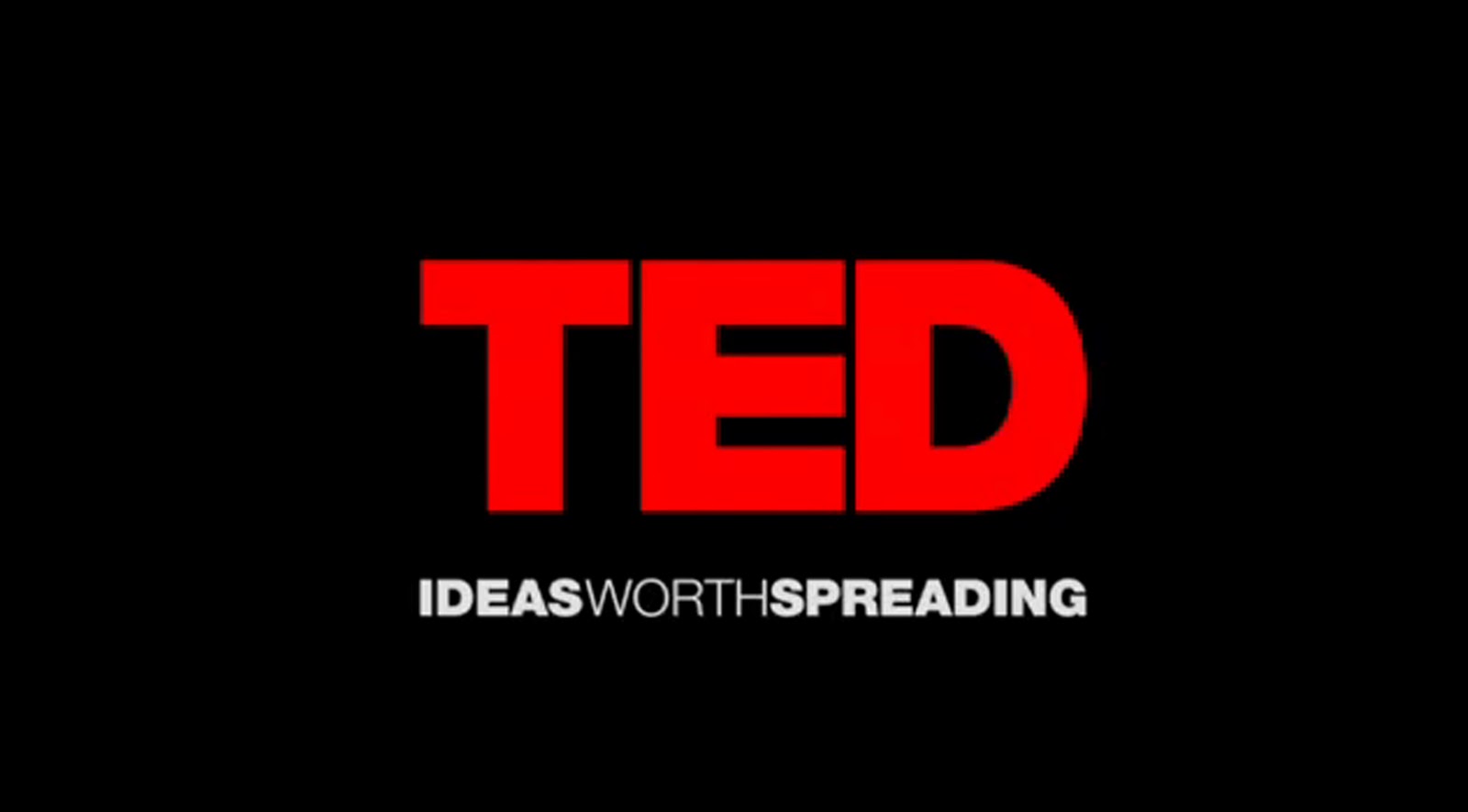
Skittles is a Jester Archetype brand, whereas TED is a Sage Archetype brand. Skittles uses playful colors and messaging in its marketing. TED goes for minimalism, with simple colors and a short, empowering tagline.
A consistent tone of voice sustains your brand identity. It helps you better connect with your audience!
3) Connect with Customers on an Emotional Level
Research shows that 95% of purchase decisions are subconscious and emotionally driven. You must appeal to the common emotional desires in your customers’ collective unconscious to increase conversions. By aligning your brand with one or more of these archetypes, marketers can attract customers who admire that archetype’s traits and values.
Customers who value your traits will feel strongly about you. With emotional bonds, your brand connects deeply with your target audience. It strengthens loyalty and emotional attachment!
4) Stand Out in A Crowded Market
Your brand can differentiate itself from competitors with a unique tone and identity. It helps you stand out in a crowded market!
For example, an Outlaw archetype brand attracts customers who want something distinct and non-conformist. Outlaw archetype brands like Vans and Jack Daniels have become icons in their industries because of their unique brand story and messaging.
Transform Your Brand With A Brand Archetype
Building your brand from scratch is challenging, but you can make it easier with brand archetypes. It is a powerful tool for creating an emotive brand to connect with your audience more deeply. By identifying their specific archetypes, companies can establish a brand identity, connect with customers emotionally, and differentiate themselves from competitors.
Transform your brand with a brand archetype with us today!
recommended

3 Benefits of Marketing Automation Events
- Digital Marketing
- 24 April 2024
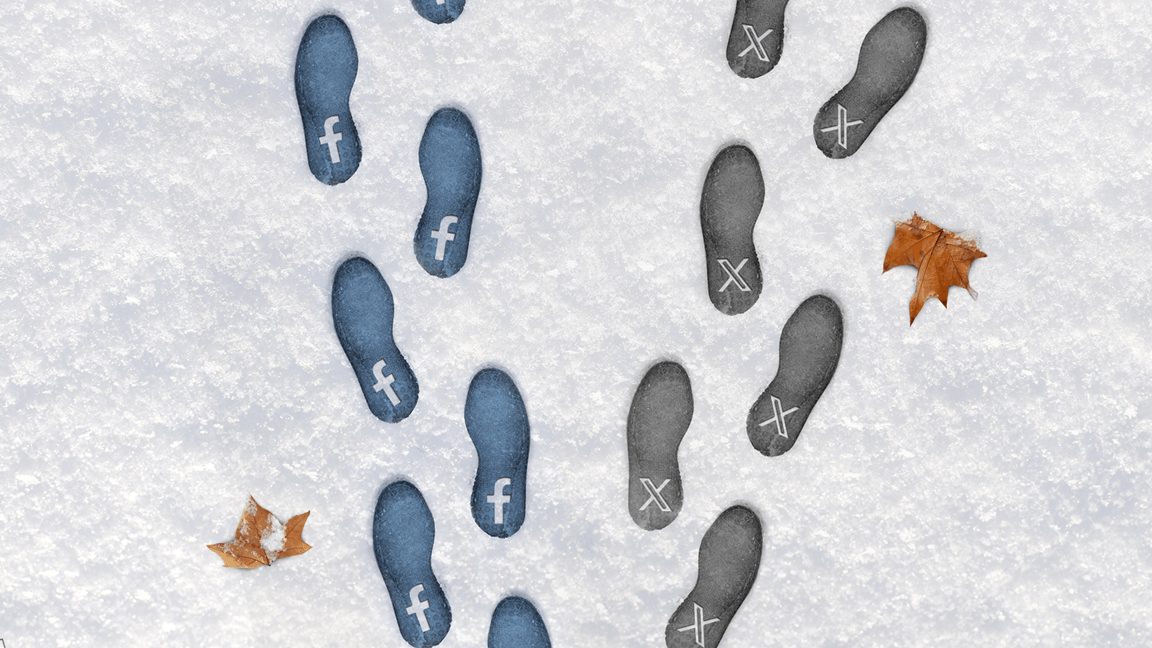

A Short History of AI
- MIU Blog
- 06 October 2023
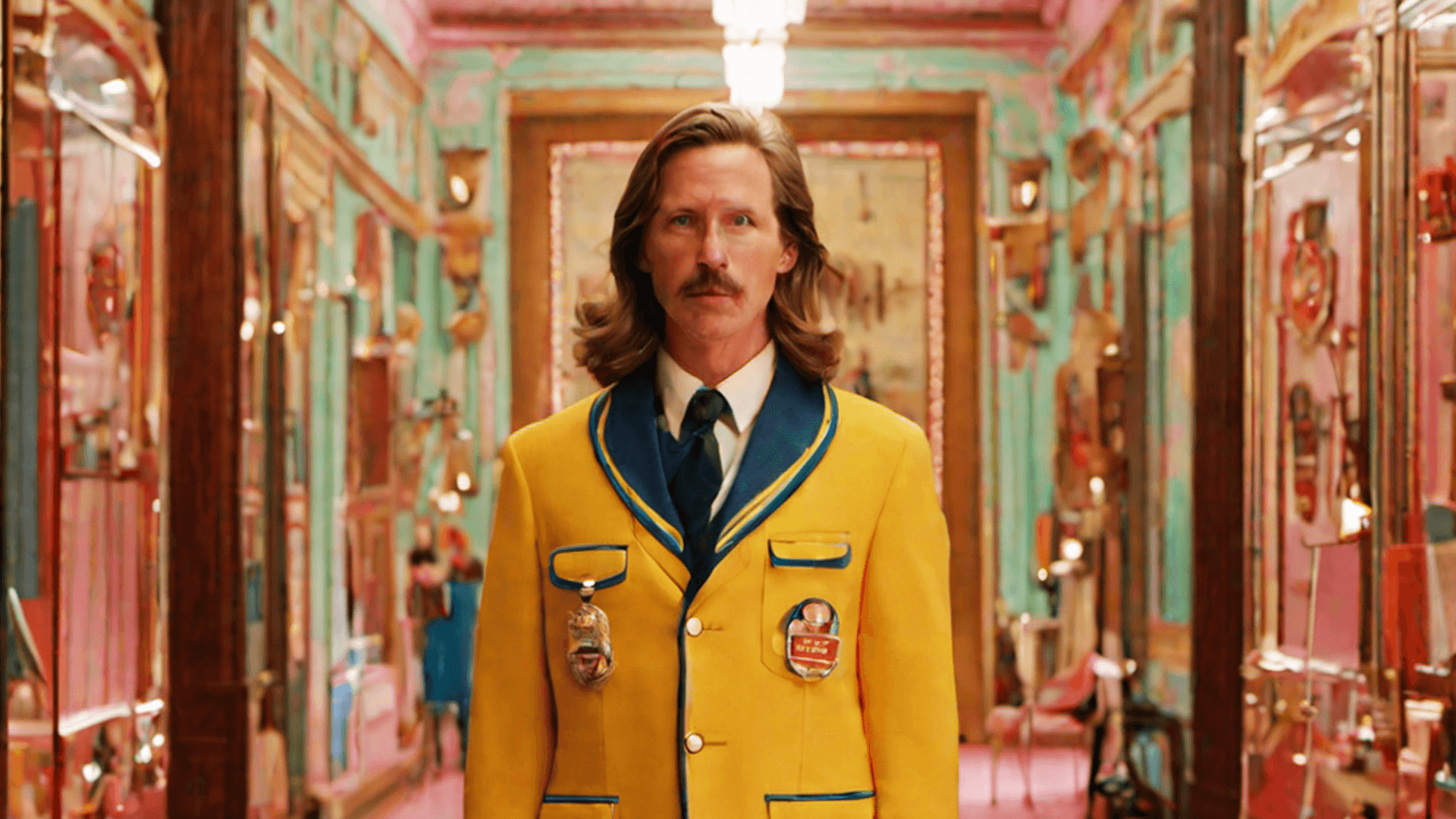
2 Iconic Features of The Popular Wes Anderson Style
- Branding
- 29 September 2023

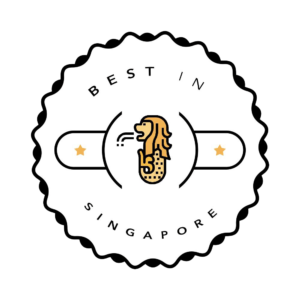


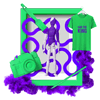 Branding
Branding Digital Strategy
Digital Strategy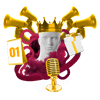 PR & Communications
PR & Communications